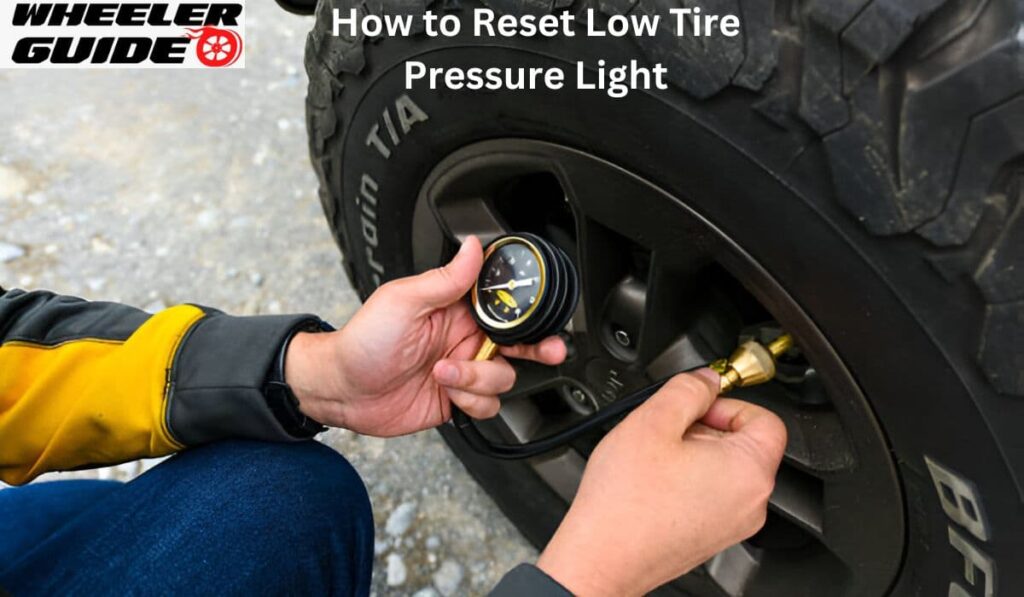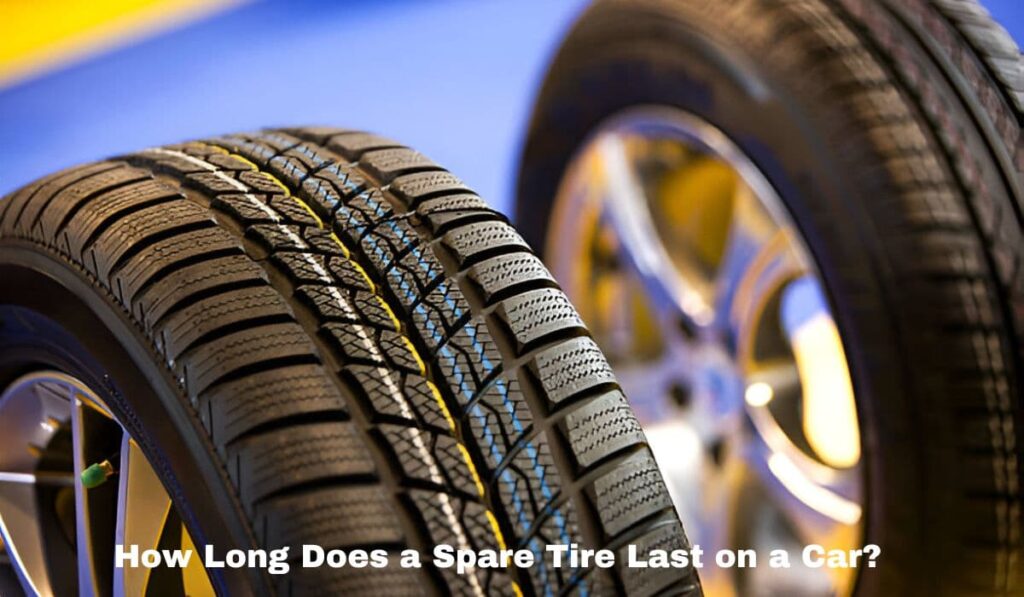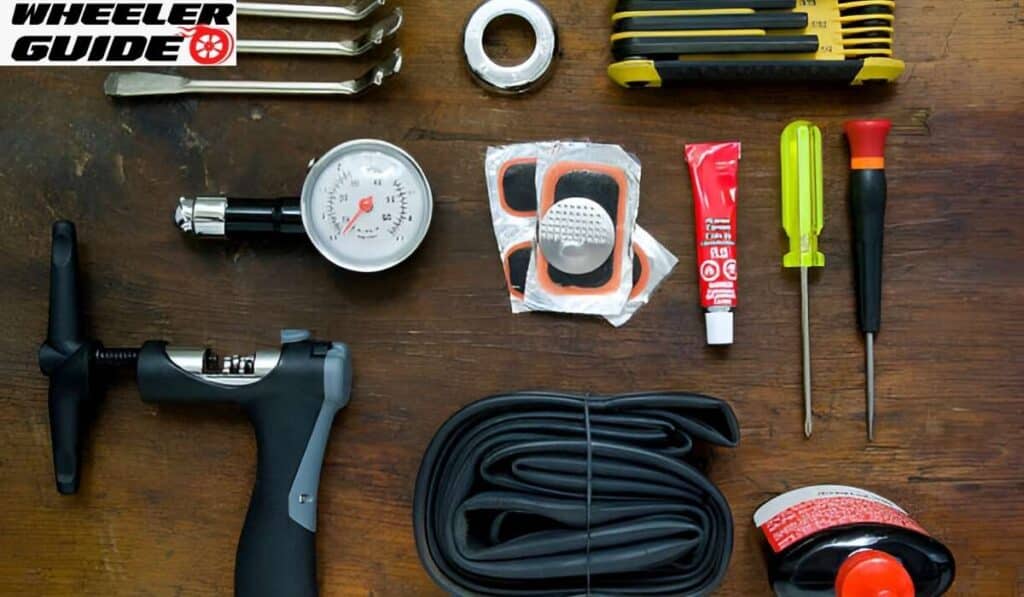When the light comes on, you need to check and adjust your tire pressure. To reset the low tire pressure light, you’ll usually need to inflate your tires to the correct pressure and then drive for about 20 minutes. This allows the tire pressure monitoring system (TPMS) to recalibrate.
Some vehicles have a TPMS reset button near the steering wheel. Pressing this button for a few seconds can reset the system after you’ve fixed the tire pressure. If the light stays on after trying these steps, there may be an issue with the sensors or system that needs professional attention.
Understanding Your TPMS
The Tire Pressure Monitoring System (TPMS) is a crucial safety feature in modern vehicles. It keeps track of tire pressure and alerts drivers to potential issues.
Components of TPMS
TPMS consists of several key parts. Tire pressure sensors are installed in each wheel. These small devices measure air pressure inside the tire.
A control module receives signals from the sensors. It processes this data and sends it to the vehicle’s computer system.
The dashboard display shows tire pressure information to the driver. This often includes a warning light that turns on when pressure is too low.
Some systems have a reset button located under the steering wheel or in the glove box. This allows drivers to recalibrate the system after tire maintenance.
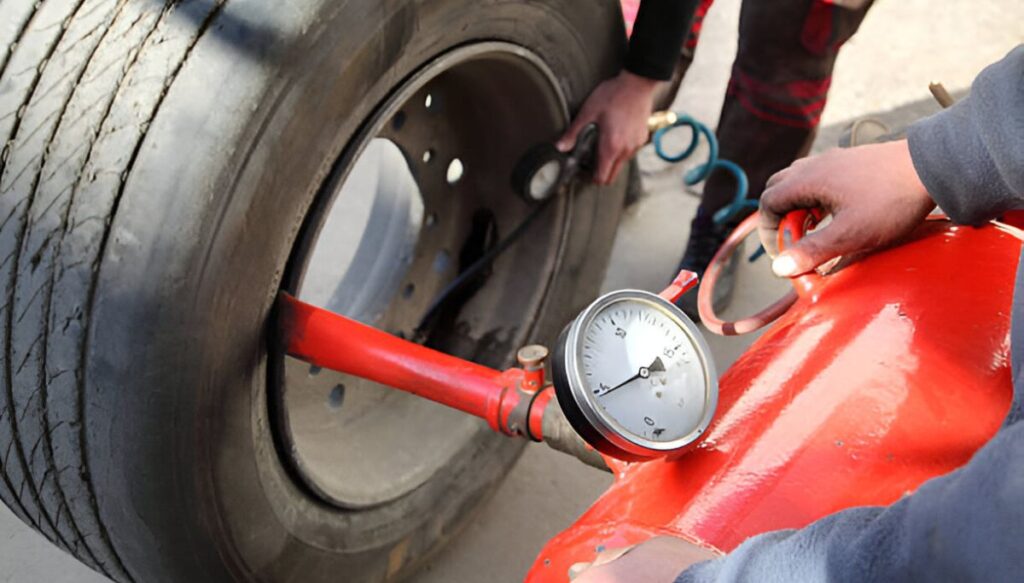
How TPMS Works
TPMS continuously monitors tire pressure while driving. The sensors take readings at regular intervals, often every few seconds. When pressure drops below a set level, the system triggers a warning. This usually activates a TPMS light on the dashboard.
Some advanced systems show real-time pressure readings for each tire. This helps drivers spot gradual pressure loss early. TPMS may need recalibration after tire rotations or replacements. This often involves driving over 50 mph for a short time to reset the system.
Regular TPMS maintenance ensures accurate readings. This includes checking sensor batteries and keeping tire valves clean.
Resetting the TPMS
The Tire Pressure Monitoring System (TPMS) light can be reset using different methods. The process varies depending on your vehicle’s make and model. Here’s what you need to know about resetting the TPMS light.
Step-by-Step Reset Guide
Start by checking your tire pressure with a reliable gauge. Inflate all tires to the recommended pressure found on the driver’s side door jamb sticker.
Turn the key to the “on” position without starting the engine. Look for the TPMS reset button, often located under the steering wheel or in the glove box.
Press and hold the button until the TPMS light blinks three times. This indicates the system is resetting. Release the button and start the car.
Drive for about 20 minutes at speeds over 30 mph. This allows the system to relearn the new tire pressures. The TPMS light should turn off after this process.
Model-Specific Reset Procedures
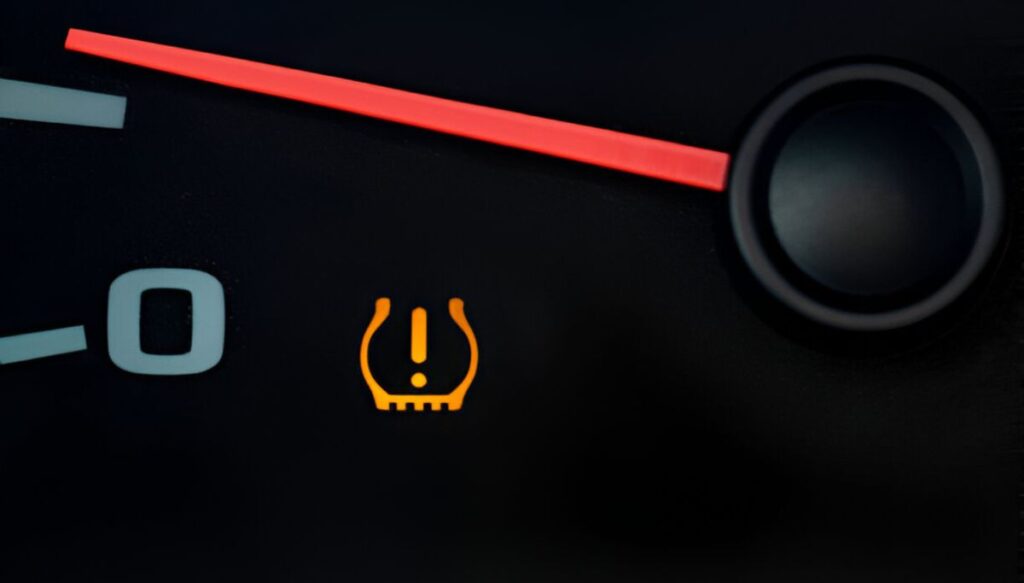
How to reset the low tire pressure light Toyota Corolla
For Toyota Corollas, turn the key to “on” without starting the engine. Press and hold the TPMS reset button until the light blinks twice. Start the car and drive for about 20 minutes.
How to reset low tire pressure light Ford Focus
Ford Focus owners should turn the ignition on, then off, three times in quick succession. On the third cycle, leave the key in the “on” position. Press the brake pedal and turn the hazard lights on and off three times. The horn will sound, indicating the reset is complete.
How to turn off tire pressure light Honda
Honda vehicles often require driving for about 30 minutes at speeds over 30 mph after inflating the tires. This allows the system to calibrate automatically without pressing any buttons.
Frequently Asked Questions On How to Reset Low Tire Pressure Light
What steps are needed to reset the tire pressure warning light in a Nissan vehicle?
Start the engine and drive to complete the reset process.
Inflate all tires to the correct pressure.
Drive the vehicle for about 10 minutes at speeds over 16 mph.
Park the car and turn off the engine.
Where can the TPMS reset button typically be found in a vehicle?
The TPMS reset button is usually located in one of these places:
Under the steering wheel
In the glove compartment
Near the driver’s side door
On the dashboard
Look for a button with a tire symbol or “SET” label.
How can I reset the tire pressure indicator light on a Ford Focus?
To reset the tire pressure light on a Ford Focus:
Start the engine and drive for about 20 minutes to complete the reset.
Turn the ignition to “ON” without starting the engine.
Press and hold the TPMS reset button until the tire pressure light blinks.
How to reset the TPMS light on a Chevy automobile?
For Chevy vehicles, follow these steps:
Start the engine and drive for about 20 minutes to finish the reset.
Inflate all tires to the recommended pressure.
Turn the key to the “ON” position without starting the engine.
Locate the TPMS reset button under the steering wheel or on the instrument panel.
Press and hold the button until the tire pressure light flashes.
What causes the tire pressure warning light to remain active even after inflating the tires?
The tire pressure light may stay on after inflation due to:
Extreme temperature changes affecting tire pressure
A faulty TPMS sensor
The system needs time to recalibrate
One tire is still being underinflated
How long does it usually take for the tire pressure light to reset after correct inflation?
The time for the tire pressure light to reset varies:
In some cases, it can take up to 30 minutes of driving at speeds over 30 mph for the system to recalibrate and turn off the light.
Some vehicles reset automatically after 10-20 minutes of driving.
Others may require a manual reset using the TPMS button.
